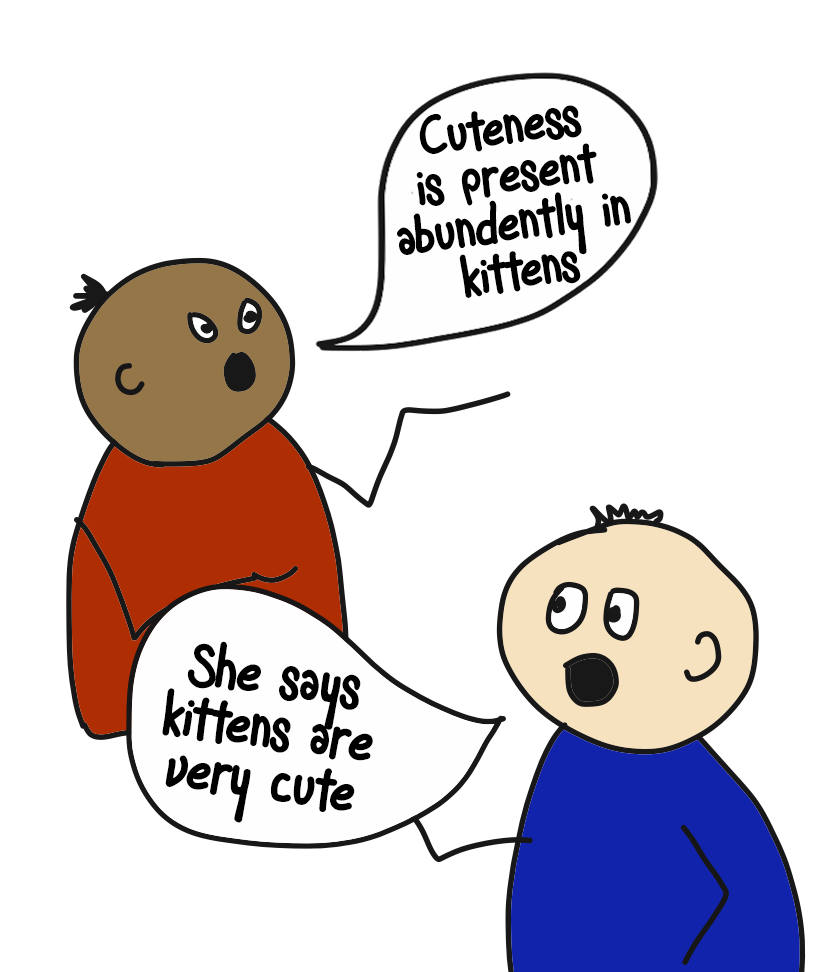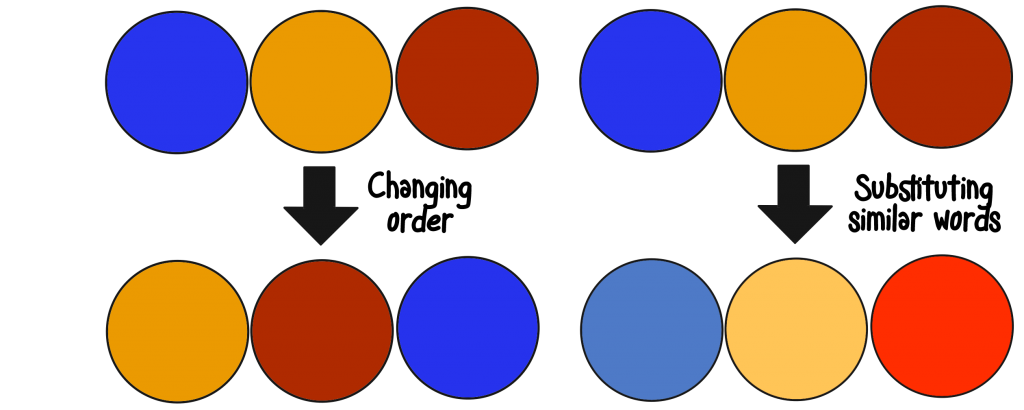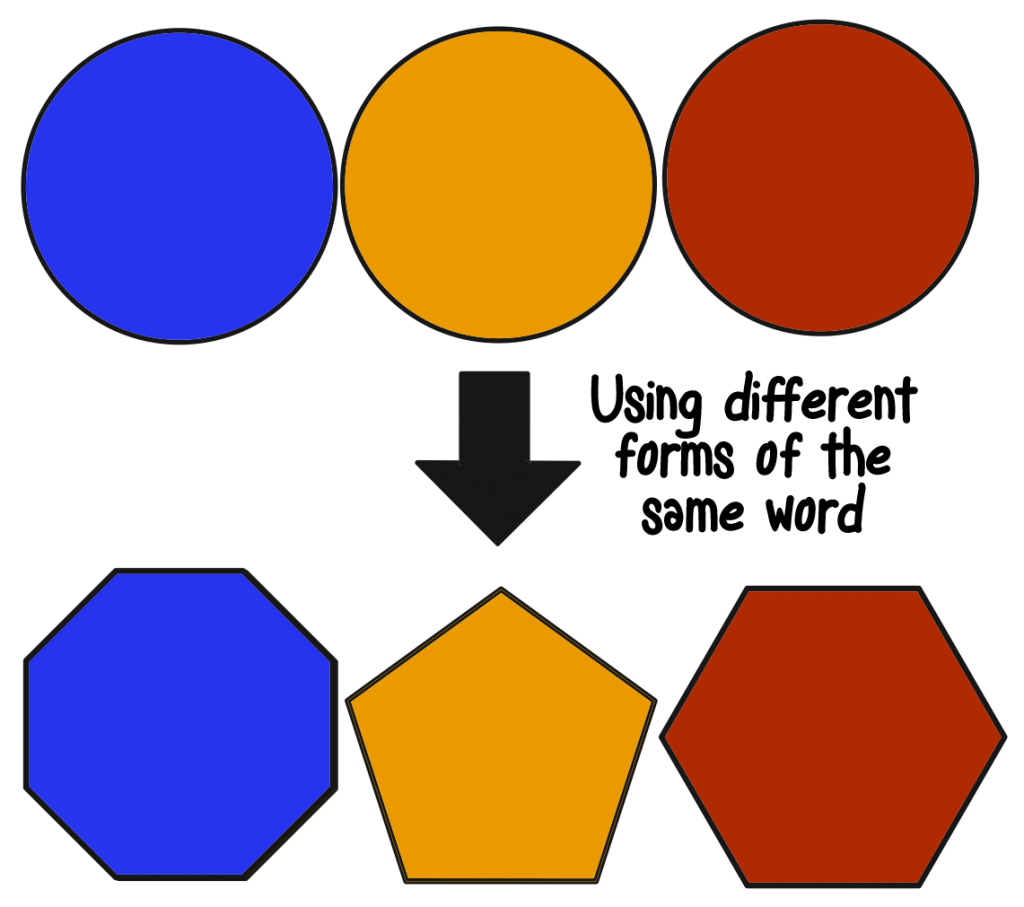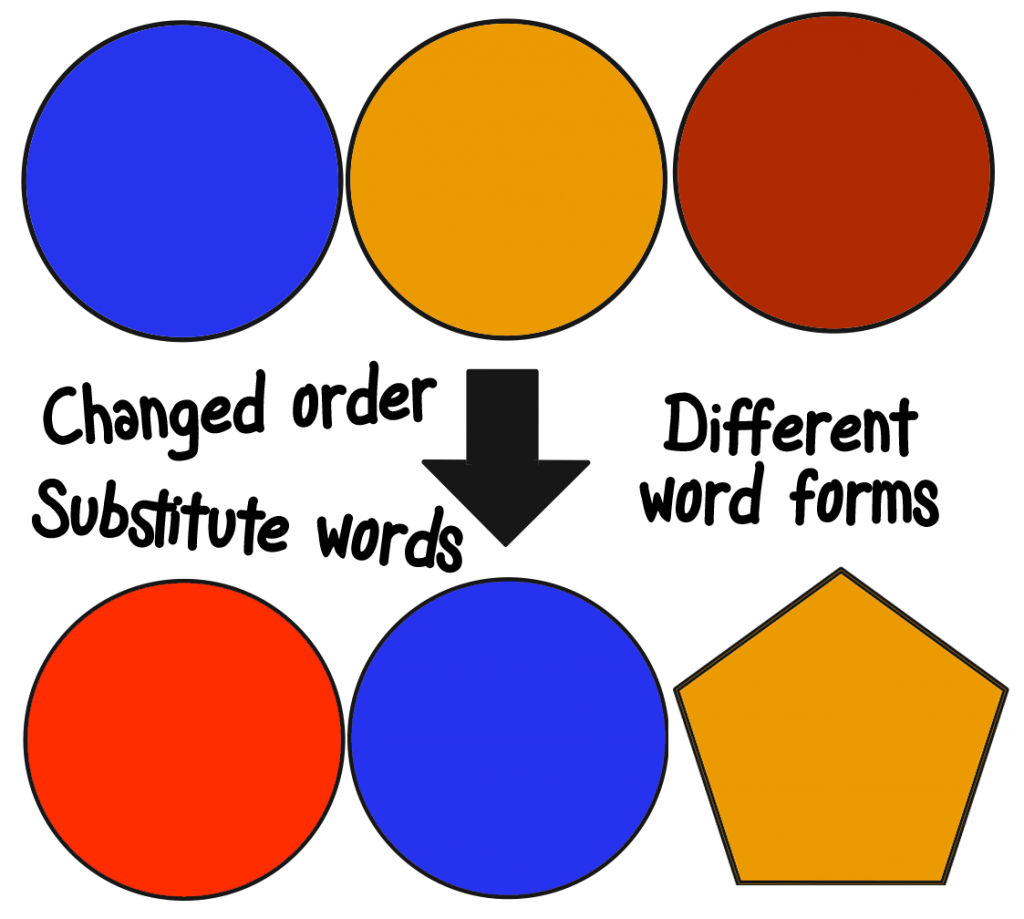Although learning the technical aspects of referencing is important, it is not as crucial as learning how to incorporate your reading into the arguments you are making in your writing.
In a typical academic paragraph, you are going to be making a claim (the overall point of the paragraph), backing that up with evidence (from your reading) and then explaining to the reader why this is important or relevant to your assignment. There are typically three ways that you will present your evidence:
- Paraphrasing
- Summarising
- Quoting
Our next three blog posts will focus on each of these important ways of integrating your reading into your academic writing. We start with paraphrasing:
Perfect paraphrasing

Paraphrasing involves putting a section of an author’s writing into your own words. It shows that you have fully understood the meaning and so is often preferable to using a word-for-word quotation.
It is extremely important to make sure you are not accidentally changing the meaning of what the author has written in any way. Sometimes this means reading a little further in the text to ensure you’ve understood the essence of the message correctly.
Paraphrases are typically a similar length to the original piece of text but have a different structure. For example, imagine that this sentence is written by an author called Jane Smith, written this year:

The various stages of a butterfly’s life cycle have different goals.
An acceptable paraphrase, supported by Harvard referencing would be:

There is a unique purpose to each stage of a butterfly’s life cycle (Smith, 2019).
Two main tactics are used here:
- The order of information is changed (in this case it is reversed).
- Synonyms or substitute words are used (‘purpose’ for ‘goal’, ‘unique’ for ‘different’).

To be acceptable it is important that both of these occur. If only the one of these changed, you would have an unacceptable version, e.g.:

The different stages of a butterfly’s life cycle have unique purposes (Smith, 2019).
There is a different goal to each of the various stages of a butterfly’s life cycle (Smith, 2019).
This is not paraphrasing because it is too close to the original text to be considered your own words.
Sometimes, the paraphrase will be shorter than the original as in the following example.
Original text (from Ryan, 2011:101):

Academic reflection, as opposed to personal reflection, generally involves a conscious and stated purpose (Moon 2006), and needs to show evidence of learning. This type of purposeful reflection, which is generally the aim in higher-education courses, and is the focus of this paper, must ultimately reach the critical level for deep, active learning to occur.
Paraphrased text:

The ability to reflect purposefully and learn from it is a key aim of a university education; for deep learning to occur, a level of criticality is required (Ryan, 2011).

This uses the two tactics mentioned above (order of information and word substitution) but is also uses another important tactic – using different forms of a particular word. For example, ‘purposefully’ instead of ‘purpose’/’purposeful’; ‘criticality’ rather than ‘critical’. This is an excellent tactic as it forces you to change the sentence structure which is so important to successful paraphrasing.

To summarise, there are three tactics to use when paraphrasing:
- Substituting similar words
- Using different forms of a word
- Changing the order things are written
The best paraphrased text uses all three.
The next blog post will look at summarising, where your own writing is signifantly shorter than the original text.
Reference used:
Ryan, M. (2011) Improving reflective writing in higher education: a social semiotic perspective. Teaching in Higher Education, 16(1), 99-111.
